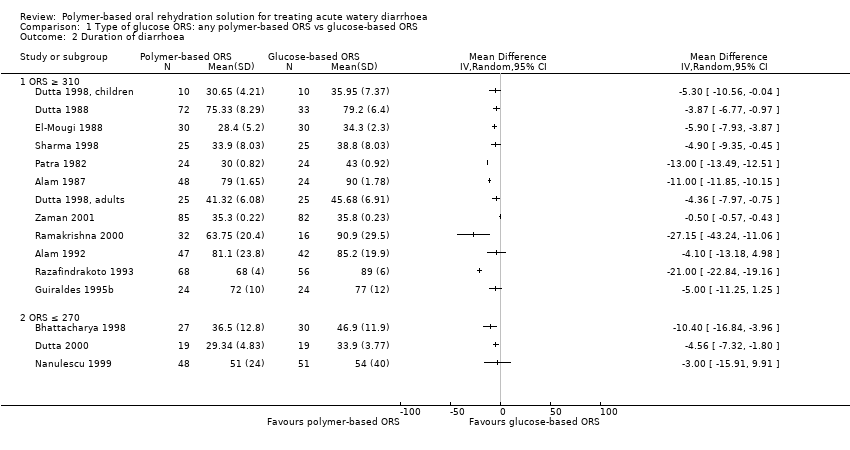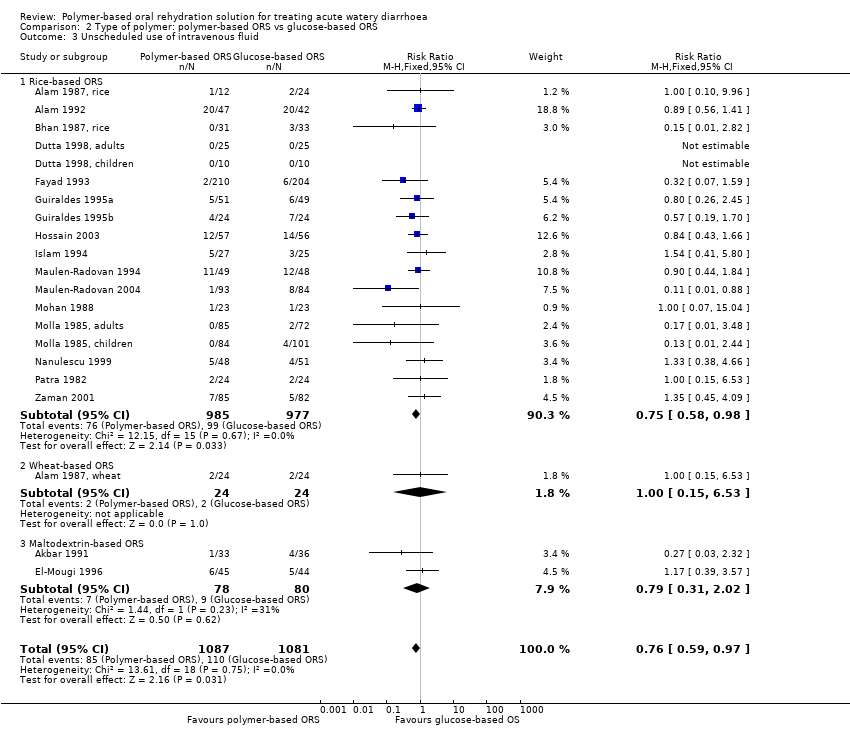Contenido relacionado
Revisiones y protocolos relacionados
Germana V Gregorio, Maria Liza M Gonzales, Leonila F Dans, Elizabeth G Martinez | 13 diciembre 2016
Alfred Musekiwa, Jimmy Volmink | 7 diciembre 2011
Seokyung Hahn, Yaejean Kim, Paul Garner | 21 enero 2002
Olivier Fontaine, S M Gore, N F Pierce | 26 octubre 1998
Lisa Hartling, Steven Bellemare, Natasha Wiebe, Kelly F Russell, Terry P Klassen, William Raine Craig | 19 julio 2006
Shelui Collinson, Andrew Deans, April Padua-Zamora, Germana V Gregorio, Chao Li, Leonila F Dans, Stephen J Allen | 8 diciembre 2020
Giordano Pérez‐Gaxiola, Carlos A Cuello‐García, Ivan D Florez, Víctor M Pérez‐Pico | 25 abril 2018
Marzia Lazzerini, Humphrey Wanzira | 20 diciembre 2016
Ya'ara Leibovici‐Weissman, Ami Neuberger, Roni Bitterman, David Sinclair, Mohammed Abdus Salam, Mical Paul | 19 junio 2014
Ivan D Florez, Javier Sierra, Giordano Pérez-Gaxiola | 17 mayo 2023


















